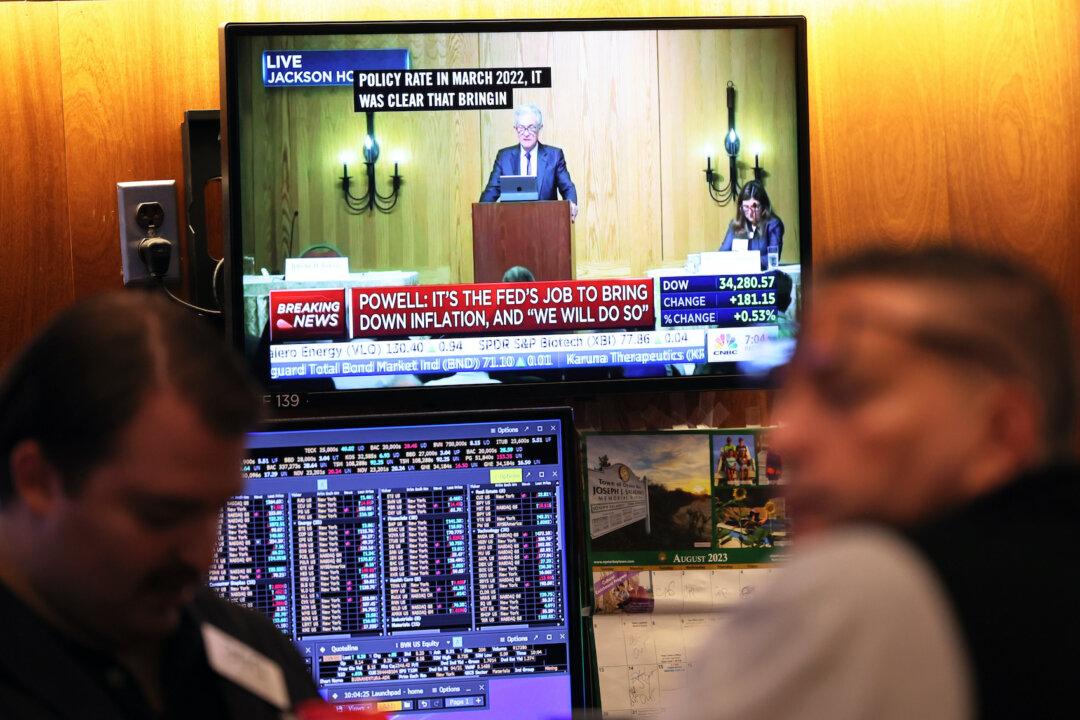Federal Reserve Chair Jerome Powell will deliver a highly anticipated speech on Friday at the central bank’s annual Jackson Hole Economic Symposium that could signal a coming interest rate cut.
The Fed chief’s prepared remarks will be the main event of the three-day gathering that will capture the attention of the financial markets. Powell will take the stage at the gathering—this year themed “Reassessing the Effectiveness and Transmission of Monetary Policy”—at 10 a.m. EST in Jackson Hole, Wyoming.





